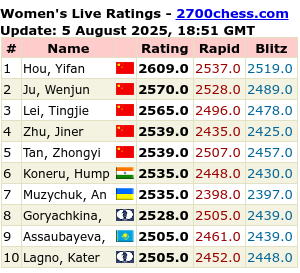Out of the six topics available for discussion in class (Gamification, Coding, Knowledge Curation, Simulations, Homework?, Online Art), I focused on just one: Gamification.
What we noticed was how gamification can bring game mechanics into the classroom on two levels. First, it can involve using games to teach concepts traditionally unrelated. Examples might include teaching history through period games that illustrate key events and principles through their gameplay, one possibility being Papers, Please. In this game, players must make decisions as passport clerks within a totalitarian regime. By following the rules, they cause harm by splitting up families, but by protecting people they lose their job, thus causing harm to their own family and loved ones who depend upon them. In the classroom, this game could be used to explore the ethical quandaries that face citizens of totalitarian regimes, thus bringing to life whole historical eras. Thank you, Nick, for showing how this example would work!
The second way of incorporating game mechanics into the classroom is to change the structures of the classroom to reflect gaming principles. An example would be to transform the grading system into an RPG system of leveling characters through experience. Assignments might be like quests, each of which contribute points towards a leveling system when complete. In games, higher levels give players more freedom and privileges, meaning this process would require some form of extrinsic-rewards system to make it valuable. Kolton brought up the possibility of allowing students to forgo the final exam should they achieve a certain mark on a precursor comprehensive exam. The prospect of finishing the course early can motivate students to study thoroughly and possibly perform better than they would have otherwise. In other words, students still learn the material, and those who struggle the first time have a second chance to improve.
What both forms of gamification do is support learning by transforming otherwise boring processes into rewarding and exciting activities. Instead of struggling to pay attention, students engage with ease. As Mark Rober suggests, gamification allows us to trick our brains into learning:
Certainly worth trying out!


Leave a Reply
You must be logged in to post a comment.